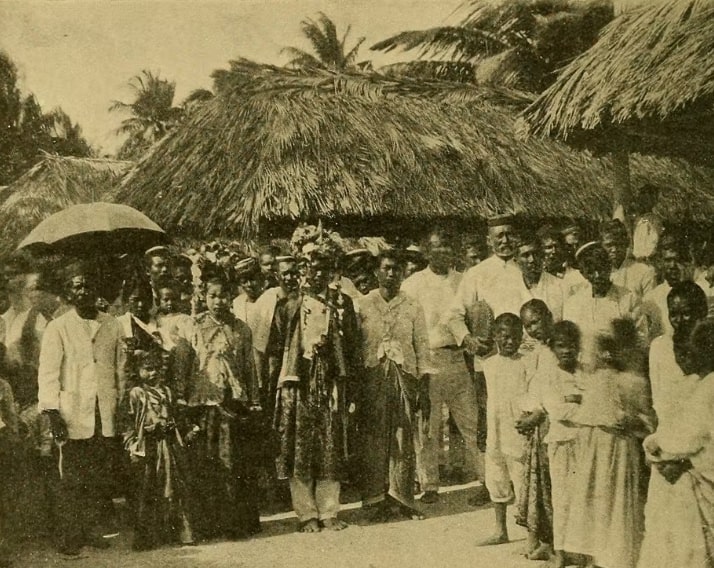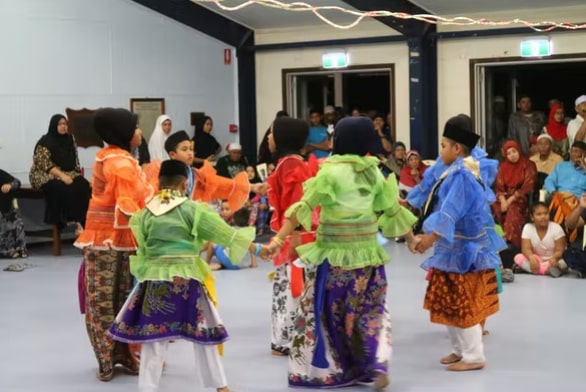The Cocos Malays are the majority ethnic group in the Cocos (Keeling) Islands, which are now part of Australia and also in the Malaysian state of Sabah.
Alexander Hare, an English merchant, led a group of individuals from Malaysia and Indonesia, as well as South Africa and New Guinea, to an atoll in the Indian Ocean northwest of mainland Australia in 1826. As indentured workers, slaves, and/or prisoners, Hare transported them to the Cocos (Keeling) Islands. Clunies Ross, a Scottish rival, took over a year later.
His subjects were dubbed "Cocos Malays." The Cocos Malays established a distinct culture and dialect under the Clunies Ross dynasty's 150-year reign. Their performing repertoire included Scottish jigs and music. The Cocos Malays are now Australian citizens and still live on their island home.

The Clunies Ross dynasty created its own currency and used it to pay Cocos Malays for coconut picking and other labor. This cash may be exchanged for rice, flour, and sugar at the business store to augment a diet of seafood, chicken, and other birds. They delegated religious affairs to the Cocos Malays, who practiced Islamic Malay culture. This makes them the oldest Muslim community in Australia.
Cocos Malay culture and language spread from its atoll birthplace in the mid-1900s. The government acknowledges the Cocos Malay population in Sabah, Malaysia, as one of Malaysia's ethnic groups, thanks to a major emigration in the 1940s. The Malays of the Cocos Islands have also settled in Christmas Island, Singapore, and a number of areas in Western Australia.
Their culture is closely similar to that of Malaysia's Malay peoples, and their current population in Sabah is over 4,000, roughly eight times that of the Cocos Islands. The Malaysian government has granted them bumiputra status, and they are one of the minority Malay ethnic groups in the state of Sabah.

Despite the fact that they have all assimilated into ethnic Malay culture, they are all named after the Malay race, which originated in areas like Bali, Bima, Celebes, Madura, Sumbawa, Timor, Sumatra, Pasir-Kutai, Malacca, Penang, Batavia, and Cirebon, as well as South Africa and New Guinea.
The Cocos Malays have their own clothing code, with ladies wearing baju kebaya and males wearing baju melayu. Baju Kebaya is a loose tunic that is worn over a skirt or sarong. It is a long collarless blouse with a short neckline that is fastened together with a brooch. The baju melayu is a loose-fitting shirt (either with a collar with three or more buttons or collarless with a neckline).
The Cocos' Baju Kebaya and Baju Melayu are nearly identical to traditional Malay garb. The community's clothing is thought to be a mix of numerous cultures, including Javanese, Scottish, and English.
Source: SEA Heritage History, TheConversation.com, Britannica.com


















